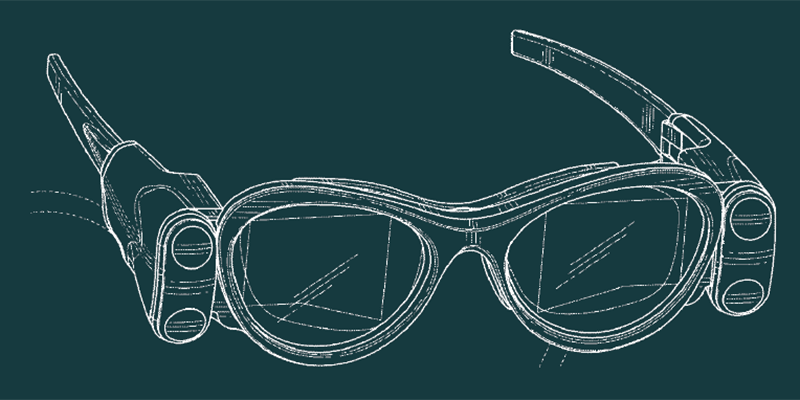Almost 85% of menopausal women have had episodes of hot flashes, which puts them at a 70% greater risk of heart attacks, angina, and strokes. While hot flashes can be detected by measuring perspiration at the chest area, researchers at Philips went for a no-sweat route and used deep learning to track changes and patterns in heart rate data collected by a wearable sensor.
Hot flashes are sudden, intense feelings of warmth in the upper body due to the loss of ovarian hormones in the years just before and after natural menopause. They have also been linked to fatigue, sleep disruption, depression, anxiety, and impaired short-term memory and can persist for six months to several years and increase during the transition to menopause.
Most common symptoms of hot flashes include intensive sweating in the chest area and heart palpitations. With this, hot flashes can be detected by monitoring galvanic skin response (GSR) or changes in the sweat gland activity and perspiration of the individual. However, GSR sensors may be cumbersome, ans require an effective adhesive material, which unfortunately degrades over time.
The patent application by Philips, which was published on June 10, 2021 by the US Patent and Trademark office, still uses a wearable sensor, but instead of sweat, monitors heart rate patterns. The system includes a controller including a computational model component that analyzes the heart rate data measured using a photoplethysmogram (PPG or an electrocardiogram (ECG) integrated into the sensor. The wearable may be in the form of a wristwatch, an in-ear device, a chest strap, or a patch. Using a deep learning neural network to track the changes and patterns in the heart rate, the system will determine if the individual is experiencing a hot flash.
The invention relies on historical heart rate data. To get this, the device will monitor the heart rate of a person for a period of time. The wearable device may get a series of instantaneous heart rates every second for a period of 1 minute. In the method disclosed, patterns of heart rate sequences are analyzed to detect possible abnormalities in the heart rate sequence. The computational model of the invention determines a “likelihood” of a hot flash condition based on the heart rate sequence. The patent application discloses a number of formulas to determine this probability.
If a hot flash is determined, the controller will generate and transmit signals to an HVAC system or a device associated with the individual to initiate therapeutic measures for the hot flash. Examples of these are computer generated air-conditioning systems that will lower the location’s temperature once hot flash is detected or a cooling blanket to directly lower the temperature of the individual.
The timely detection and treatment of hot flashes is not merely a matter of comfort. A 2014 Yale study found that not only do most cases of severe hot flashes go untreated, but affected women require over $300 million in additional healthcare and contribute to another $27 million in lost productivity over a year.
Since hormone therapy fell out as a common hot flash treatment due to unfounded fears of cancer risks, alternative approaches may provide an avenue for relief to impacted individuals, which include not only menopausal women but also cancer patients and survivors.
The featured patent application, “System and method for detecting hot flashes based on heart rate patterns” was filed December 9, 2020 with the U.S. Patent and Trademark Office and was published June 10 with the publication number US 2021/0169343 A1. The inventor is Alberto Giovanni Bonomi. The applicant is Koninklijke Philips N.V. from Eindhoven, Netherlands.






